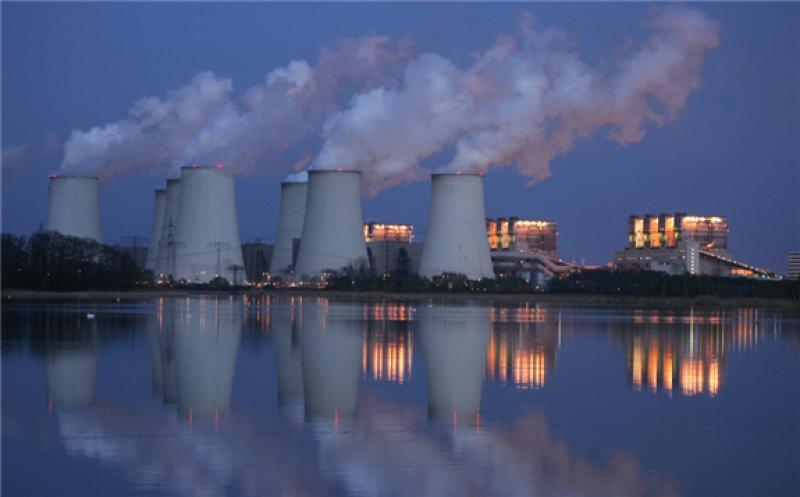The Institute for Energy Economics and Financial Analysis (IEEFA) welcomes Pakistan Prime Minister Imran Khan’s announcement that his nation “will not have any more power based on coal”.

Khan made the announcement during his 12 December address at the international Climate Ambition Summit 2020, hosted by the U.N., the U.K. and France in partnership with Chile and Italy.
“On the face of it, this is a highly significant statement for Pakistan, which was until now intending to exploit its domestic coal reserves and reach 38,000 megawatts of coal-fired power by 2047,” says Simon Nicholas, an Energy Finance Analyst at IEEFA.
It is not clear whether the statement means that existing coal projects that have not yet begun construction will be cancelled or that no new coal proposals will be added to the current development pipeline.
Either way, says Nicholas, Pakistan’s latest long term power plan – the Indicative Generation Capacity Expansion Plan (IGCEP) – will need to be re-written.
“According to IGCEP published in April 2020, 27 gigawatts (GW) of new coal-fired power (all fuelled by domestic coal) was to be added between 2030 and 2047. It now seems this proposal has been dropped,” says Nicholas.
“Although it is a developing nation with growing power demand, Pakistan can easily do without more coal-fired power plants. It already has surplus capacity – its thermal power fleet operated at just 37% utilisation in 2019/20.”
This overcapacity looks set to worsen going forward. Under the IGCEP’s Base Case scenario, the 5.3GW of coal-fired power plants fuelled by imported coal expected to be operational by 2030 will have a collective utilisation of just 14%.
“Under this scenario these coal plants are stranded. They cannot operate commercially at such a low utilisation rate without very generous capacity payments paid to them whilst they sit idle most of the time,” says Nicholas.
“Abandoning plans for more coal power additions will be a good first step to address this problem. Avoiding overcapacity is key to keeping Pakistan’s expensive power tariffs down.”
Thermal power plants must be paid capacity charge regardless of whether they are utilised or not. Capacity payments are now soaring in Pakistan, contributing to higher per unit cost of power generation. This comes on top of the already high cost of coal-fired power.
“The result of increasing cost of generation will be higher tariffs for consumers and businesses,” says Nicholas.
“With wind and solar already the cheapest source of new power generation in Pakistan, the nation would be better off focusing on these technologies that can also enhance energy security.”
In his summit announcement, the Prime Minister stated that Pakistan is aiming to reach 60% ‘renewable’ energy capacity by 2030. Large-scale hydro power is being included as ‘renewable’ here.
The IGCEP already has the contribution of wind, solar and hydro reaching 59% of capacity by 2030 so this part of the announcement is not a new commitment.
The announced plan to use domestic coal for coal-to-liquids (CTL) and coal-to-gas (CTG) was also not new.
“Whilst most of the Prime Minister’s announcement was positive, the CTL and CTG statement was an obvious negative,” says Nicholas. “If the plan is to capture and store carbon during these processes, they will be unviably expensive. If not it’s hard to see how carbon emissions are being significantly reduced relative to coal-fired power.”
IEEFA notes that while any move into CTL and CTG is likely to prove to be an expensive failure for Pakistan, the commitment to end further coal-fired power is meaningful, particularly given the strategic importance of the China-Pakistan Economic Corridor under which most of the coal plants are being developed.
CPEC is the centrepiece of China’s Belt and Road Initiative which has been criticised for pushing the development of outdated, expensive and polluting coal power plants on developing countries in Asia and Africa.
“If coal power is being de-prioritised within the China-Pakistan Economic Corridor it can now happen right across the Belt and Road Initiative program,” says Nicholas.
“Japan and South Korea have both indicated that they will end the financing of coal-fired power overseas in 2020. If China is now moving in the same direction then all three of the main enablers of coal power in developing nations are shifting.”